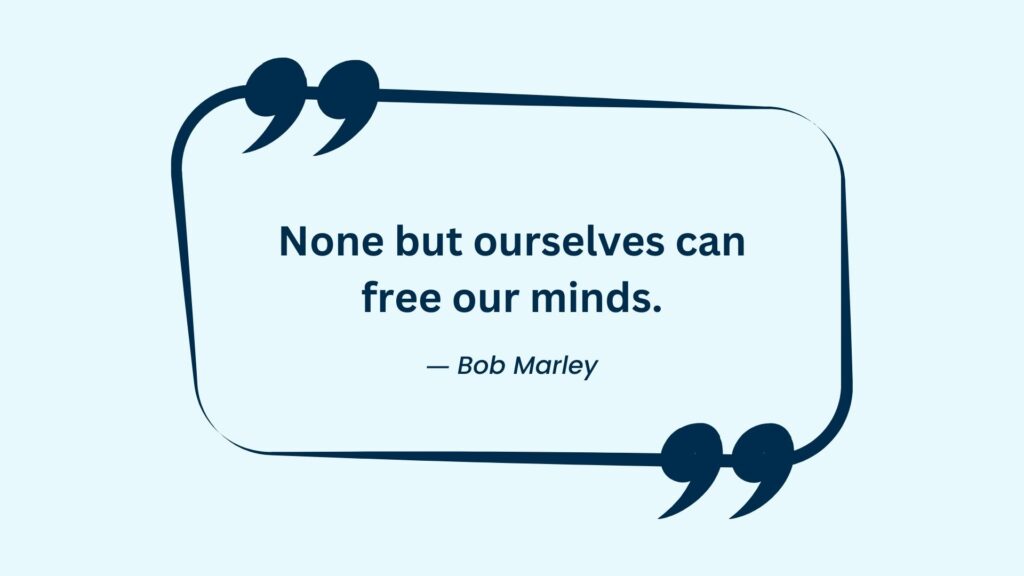Table of Contents [hide]
The Advanced Placement (AP) Computer Science A exam is a rigorous assessment of your understanding of computer science concepts, programming skills, and problem-solving abilities. Earning a score of 5 on this exam requires thorough preparation, effective study strategies, and a solid foundation in computer science. In this blog, we will provide you with a detailed guide on how to score a 5 in AP Computer Science A, focusing specifically on the content covered in the course and exam.
Understand the Exam Format
Before diving into the content, it’s essential to familiarize yourself with the structure and format of the AP Computer Science A exam. The exam consists of two main sections multiple-choice questions (MCQs) and free-response questions (FRQs). The MCQ section contains 40 questions and accounts for 50% of the total score, while the FRQ section comprises four questions and accounts for the remaining 50%.
Get familiar with the Content
To score a 5 on the AP Computer Science A exam, you must have a solid grasp of the following content areas
Object-Oriented Programming (OOP)
Understand the fundamental concepts of OOP by studying classes, objects, inheritance, polymorphism, and encapsulation. Familiarize yourself with the syntax and conventions of defining classes and creating objects. Practice implementing inheritance and polymorphism to model real-world scenarios. Understand how encapsulation ensures data integrity and improves code maintainability.
Data Structures
Study various data structures such as arrays, lists, stacks, queues, and trees. Learn their properties, advantages, and disadvantages, and when to use each one. Understand the operations associated with each data structure and practice implementing them. Explore algorithms for manipulating and traversing these data structures.
Algorithms
Familiarize yourself with common algorithms like searching (linear and binary search) and sorting (selection sort, insertion sort, merge sort, quicksort). Understand their time complexity (Big O notation) and space complexity. Practice implementing these algorithms and analyzing their efficiency. Study graph traversal algorithms like breadth-first search (BFS) and depth-first search (DFS).
Control Structures
Master the use of control structures such as loops (for, while) and conditionals (if-else, switch-case). Understand how they affect the flow of program execution and when to use each structure effectively. Practice writing code that utilizes loops and conditionals to solve various problems. Explore recursive control structures and understand their purpose and usage.
Also read A Comprehensive Guide To AP Computer Science A
Methods and Parameters
Learn how to write and use methods (functions) in Java. Understand concepts such as method overloading, return types, and parameter passing (pass-by-value). Practice designing and implementing methods that perform specific tasks and return values. Differentiate between value parameters and reference parameters, and understand how they affect data manipulation within methods.
Programming Concepts
Grasp core programming concepts such as variables, data types, operators, input/output (I/O), and exception handling. Understand different data types, their sizes, and ranges. Practice using operators effectively to perform arithmetic, logical, and relational operations. Explore various techniques for handling user input and displaying output. Learn how to handle exceptions to handle error conditions gracefully.
Object References
Understand how objects are referenced and managed in memory. Learn about references, aliases, and how garbage collection works. Practice creating and manipulating objects, understanding the impact of object references on memory usage and object lifetime. Explore concepts like shallow copying and deep copying of objects.
Classes and Interfaces
Learn how to design and implement classes and interfaces. Understand the role of instance variables, constructors, methods, and access modifiers (public, private, protected). Practice writing classes that encapsulate data and provide behavior through methods. Understand the concept of inheritance and how it facilitates code reuse. Explore interfaces and their role in achieving polymorphism.
Recursion
Master the concept of recursion, which involves a method calling itself. Understand the basics of recursive problem-solving techniques, such as base cases and recursive calls. Practice solving problems using recursion, such as factorial computation, Fibonacci series, and binary tree traversal. Understand the advantages and limitations of recursion and be able to analyze and understand recursive code.
Study Resources
To effectively prepare for the AP Computer Science A exam, make use of reliable study resources specifically tailored to this subject. Some recommended resources include
“Barron’s AP Computer Science A” by Roselyn Teukolsky
This comprehensive study guide covers all the content areas of the AP Computer Science A exam and includes practice questions and explanations.
College Board AP Computer Science A Course and Exam Description
This official guide from the College Board offers detailed information about the exam, sample questions, and scoring guidelines.
Online Coding Platforms
Websites like Codecademy, CodingBat, and LeetCode provide programming exercises and practice problems to enhance your coding skills and problem-solving abilities.
Java Documentation
Familiarize yourself with the official Java documentation (docs.oracle.com) to gain a deeper understanding of Java syntax, libraries, and built-in classes.
Create a Study Plan
Develop a study plan that allows you to cover all the content areas thoroughly. Here are some tips for creating an effective study plan
Set realistic goals
Break down the content into manageable sections and allocate specific study time for each topic.
Schedule regular coding practice
Dedicate time to writing and debugging code regularly to strengthen your programming skills.
Review and practice consistently
Regularly review your notes, coding examples, and practice problems. Solve coding exercises and work through sample questions from practice exams to reinforce concepts and develop your problem-solving abilities.

Collaborate with peers
Engage in coding discussions and collaborate with classmates or online communities to enhance your understanding of challenging topics and exchange programming strategies.
Develop Effective Test-Taking Strategies
To maximize your score on the AP Computer Science A exam, it’s important to employ effective test-taking strategies during both the MCQ and FRQ sections
MCQ section strategies
- Understand the question Read each question carefully, paying attention to details and specific requirements. Make sure you understand what the question is asking for before looking at the answer choices. Identify any keywords or specific instructions that can guide your thinking.
- Debug code if needed In the AP Computer Science A exam, you may encounter questions that involve code snippets or programs with errors. Familiarize yourself with the process of debugging code and identifying errors. Read the code carefully, trace the execution in your mind, and identify any syntax or logical errors. Consider running the code mentally or on paper to see the output or behavior.
- Use the process of elimination If you are unsure of an answer, use the process of elimination to narrow down your options. Start by eliminating obviously incorrect choices. Look for any answer choices that are inconsistent with the question or contain errors. By eliminating incorrect options, you increase your chances of selecting the correct answer.
- Manage your time Time management is crucial in the MCQ section. Pace yourself throughout the section to ensure you have enough time to answer all questions. If you encounter a particularly challenging question, it may be more beneficial to skip it temporarily and come back to it later. Answer the questions you feel confident about first, and allocate time at the end to review and revisit any skipped or uncertain questions.
- Answer all questions In the AP Computer Science A exam, there is no penalty for guessing. If you are unsure about an answer and time is running out, make an educated guess rather than leaving it blank. Consider using any clues or knowledge you have to make an informed guess. Even if you are unsure, it’s worth selecting an option rather than leaving it unanswered.
- Practice previous exams and questions To improve your performance in the MCQ section, practice solving previous AP Computer Science A exams and questions. Familiarize yourself with the question format, types of questions, and the level of difficulty. This will help you become more comfortable with the exam structure and build your ability to interpret and answer questions efficiently.
FRQ section strategies
- Understand the prompts Carefully read and analyze each FRQ prompt to ensure you understand what is being asked. Break down the problem into smaller tasks or requirements. Pay attention to specific instructions, data formats, and expected outputs. Make sure you fully comprehend the problem before proceeding.
- Plan your code Before writing your code, take a few moments to outline a plan. Identify the main steps or algorithms required to solve the problem. Consider the data structures or algorithms you’ll need to use. This planning stage helps organize your thoughts and ensures you address all the requirements of the prompt. It also helps you avoid potential pitfalls or unnecessary complexity.
- Use meaningful variable names When writing your code, use descriptive variable names that accurately represent the purpose or content of the data they hold. This practice enhances code readability and makes it easier for others (including exam graders) to understand your logic. Avoid using vague or generic names that might confuse the reader.
- Test your code After writing your code, thoroughly test it with different scenarios and inputs. Verify that your code works correctly, produces the expected outputs, and handles edge cases appropriately. By testing your code, you can identify any logic errors or bugs and make necessary adjustments. Strive for comprehensive testing to ensure your code is robust and reliable.
- Manage your time Allocate sufficient time to each FRQ and monitor your time throughout the section. Read all the prompts first and allocate time proportionally based on their complexity or point value. Avoid spending too much time on a single question if it means sacrificing time for other questions. Be mindful of the time limits and adjust your pace accordingly.
- Review and revise If time allows, review your code after completing each FRQ. Look for any potential mistakes, code inefficiencies, or opportunities for improvement. Check for proper indentation, comments, and overall code structure. Make any necessary revisions to ensure your code is clean, organized, and easy to understand.
Scoring a 5 on the AP Computer Science A exam requires a combination of in-depth content knowledge, effective study strategies, and well-executed test-taking techniques. By understanding the exam format, mastering the content, utilizing reliable study resources, creating a study plan, and employing effective test-taking strategies, you can significantly increase your chances of achieving a top score. Remember to practice coding consistently, review concepts regularly, and seek help whenever needed. Good luck with your preparation and the AP Computer Science A exam!











